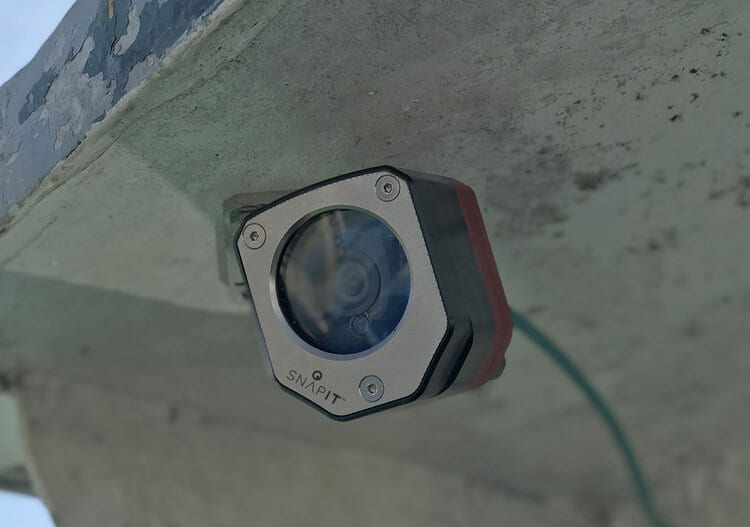Award-winning, Whakatū-Nelson-based company SnapIT combines high-definition image capturing with a system to process, transmit and analyse data. EM produces data that can enhance the traceability and transparency of fish products and build trust between fishers and consumers – thereby increasing the market value of the fish products. The importance of a credible, traceable product story for fish is reportedly increasing for consumers.[1] SnapIT provide EM services to various fishers around the world.
The company pivoted to developing cameras for the fishing industry after a serendipitous encounter with Sanford. SnapIT developed hardware suited for the unique and extreme environment on-board a fishing vessel, as well as appropriate software. The company has rolled out New Zealand-made cameras and hardware across North America, the Pacific and Aotearoa New Zealand – including equipping fisher Karl Warr with the hardware necessary for his livestreaming efforts (see case study: Livestreaming commercial fishing catch).

Camera for electronic monitoring in the fishing industry developed by SnapIT. Image credit: SnapIT.
SnapIT also provide EM review software for governments that is compatible with multiple camera suppliers. This platform is used by the US government and has recently been picked up by two states in Australia. SnapIT work closely with Canada-based Teem Fish Monitoring, who also provide EM programme management. Teem and SnapIT are collaborating with FINZ and the Ministry for Primary Industries on a project based here in Aotearoa New Zealand.
SnapIT are actively developing AI-driven analytics. So far, the operational camera systems have yielded more than 200 years’ worth of footage with plenty of human annotations – a source of training data to build AI capability. With their SnapAI model, the company uses machine learning to train software to observe fishing catches – reporting back on size, species and vessel activity classification. AI trials are currently ongoing on some North American fishing vessels. SnapIT are also developing AI-driven analytics to cut down on the footage for manual review: differentiating ‘action events’ from the footage where nothing of interest is happening, so that human reviewers don’t have to sift through as much footage.
SnapIT are also keen to emphasise that EM is not just about compliance. They are embarking on a project that uses EM and other data to enhance the relationship between primary producers and consumers, building trust through transparency. The data is leveraged to increase the market value of products.
EM is not just about compliance. The data is leveraged to increase the market value of products.
In their latest project, SnapIT are developing a platform to connect fishers with AI developers. This would give fishers the opportunity to commercialise their data, as well as connecting AI developers to data, allowing them to design models specific to a supplier. It is envisioned that such a system will provide the connections and wealth of data needed to accelerate the development of effective AI analytics for EM.
References and footnotes
[1] Input from Mike Egan at the Seafood Industry Workshop in 2020.
